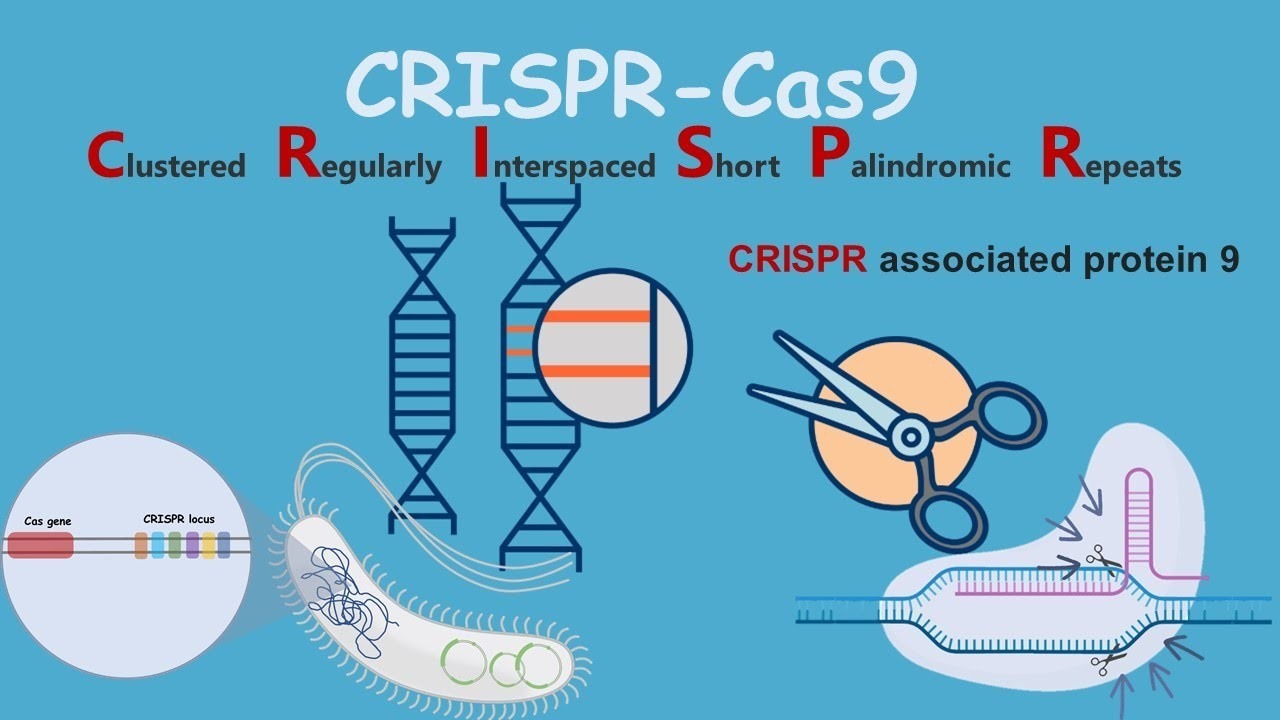Introduction
Gene editing is a revolutionary technology that enables scientists to make precise changes to an organism’s DNA. One of the most powerful and promising gene-editing tools is CRISPR-Cas9, which has gained significant attention and sparked a new era of genetic research and potential applications. In this article, we will explore the fundamentals of CRISPR technology, its implications in various fields, and the ethical considerations associated with gene editing.

Understanding CRISPR Technology
CRISPR (Clustered Regularly Interspaced Short Palindromic Repeats) is a natural defense mechanism found in bacteria that allows them to fight off viral infections. Scientists have harnessed this mechanism to develop the CRISPR-Cas9 gene-editing system. Cas9 is an enzyme that acts as molecular scissors, guided by RNA molecules to precisely target and edit specific sections of DNA.
Advancements and Applications
1. Disease Treatment and Prevention
CRISPR technology holds great promise for the treatment and prevention of genetic diseases. By targeting and correcting disease-causing mutations, it offers a potential avenue for developing therapies for conditions such as cystic fibrosis, sickle cell anemia, and muscular dystrophy. CRISPR can also be used to engineer immune cells for improved cancer treatment.
2. Agriculture and Food Security
Gene editing techniques, including CRISPR, have the potential to revolutionize agriculture by enhancing crop traits such as yield, nutritional value, and resistance to pests, diseases, and environmental stresses. This technology could contribute to improving global food security and reducing the reliance on chemical pesticides and fertilizers.
3. Biotechnology and Drug Development
CRISPR enables precise manipulation of genes in various organisms, including microorganisms and animals. This has significant implications for biotechnology and drug development, allowing scientists to create disease models, produce valuable compounds, and develop new therapies more efficiently.
4. Conservation and Environmental Applications
Gene editing techniques offer opportunities for conservation efforts and environmental management. By targeting genes associated with traits that threaten biodiversity or cause harm to ecosystems, scientists can potentially mitigate the impact of invasive species, protect endangered species, and restore damaged ecosystems.
Ethical Considerations
While CRISPR technology brings immense potential, it also raises ethical considerations that must be carefully addressed:
1. Germline Editing
Germline editing involves making changes to an individual’s DNA that can be inherited by future generations. This raises ethical concerns regarding the potential for unintended consequences and the long-term implications of altering the human germline.
2. Off-Target Effects
Although CRISPR is highly precise, there is a risk of off-target effects, where unintended changes occur in the genome. Ensuring the safety and accuracy of gene editing techniques is crucial to minimize potential risks.
3. Equity and Access
The availability and affordability of gene editing technologies may create disparities in access and exacerbate existing inequalities. Ensuring equitable access to the benefits of gene editing and addressing potential social and economic implications is essential.
4. Unintended Consequences
Gene editing has the potential for unintended consequences, both at the individual and ecosystem levels. Comprehensive risk assessments, regulatory frameworks, and ongoing monitoring are necessary to minimize potential risks and ensure responsible use.
FAQs about Gene Editing and CRISPR Technology
1. Can CRISPR be used in humans?
CRISPR has shown promise for potential therapeutic applications in humans. However, its use in humans is highly regulated and subject to rigorous ethical considerations and safety assessments.
2. Can CRISPR technology be used for designer babies?
The concept of “designer babies” raises significant ethical concerns. While CRISPR technology has the potential to modify human embryos, its use for non-medical purposes or altering traits unrelated to medical conditions is widely regarded as ethically unacceptable.
3. How accurate is CRISPR technology?
CRISPR technology is highly accurate, but there is a risk of off-target effects. Scientists continually refine the technology to improve precision and minimize unintended changes in the genome.
4. Are there any regulations on gene editing?
Various countries have established regulations and guidelines for gene editing research and applications. These regulations aim to ensure the ethical use of gene editing technologies and address potential risks.
5. What is the future of CRISPR technology?
The future of CRISPR technology is promising, with ongoing advancements and improvements. As the technology matures, it may open up new possibilities for treating genetic diseases, enhancing agricultural practices, and addressing environmental challenges.
Conclusion
CRISPR technology has revolutionized the field of gene editing, offering unprecedented precision and potential for various applications. From disease treatment and agriculture to biotechnology and conservation, its implications are vast. However, it is crucial to navigate the ethical considerations associated with gene editing, ensuring responsible use and addressing concerns surrounding germline editing, off-target effects, equity, and unintended consequences. By embracing CRISPR technology with care and consideration, we can harness its potential for the betterment of society while upholding ethical standards and promoting scientific progress.
============================================
